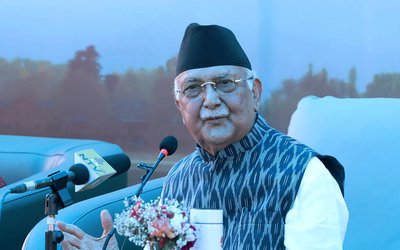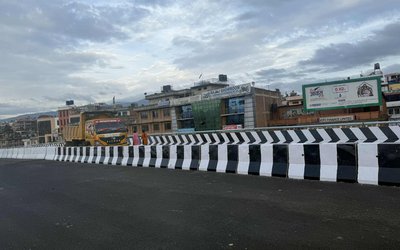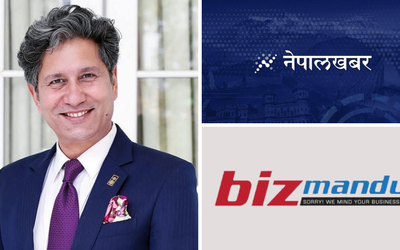More on News




The development issues and concerns regarding women's right have received amplified attention since the restoration of democracy in 1990. Various civil society organizations are working at the local, national and international levels to empower women and ensure gender equality. Definitely, Nepali women are making a headway in increasing women's participation in the decision making process. Currently, Nepal is the 17th country in the world having high women's participation in parliament (33.2%) whereas Rwanda is the first such country.
To institutionalize women's participation in the decision making process, we need to invest a lot of time, cost, human resources and so on. To some extent, the discriminatory laws were abolished and incorporated in the draft constitution and there high hopes that the trend will continue in the constitution finalization process. However, rural and poor women do not get tangible results as civil societies dream in their manifestoes, visions or missions.
Most of the civil society organizations are working under the policies and rules/regulations of the Social Welfare Council as well as the Federation of Non-Governmental Organizations. None of the governing bodies, however, make any enquiry about the results against social movements. Especially, why do social movements not bring about significant changes among rural women? Or why is there a gap in the leadership between the national and the local level? Finally, few women become leaders. Those who do mostly come from the rich, political, urban and high academic background. Rural women only become vehicles for them which seem more hierarchical, patriarchal as well as feudal.
In the given scenario, the approach of implementation of social movements, strategies taken by organizations and perspectives have to be reviewed urgently and systematically. Thus, the following points would be a way forward to mitigate challenges and gaps in the social movements and their outcomes:
1. Result based management should be incorporated rather counting the inputs e.g. not to count the number and head of trainees (women) but count the head of new leaders in higher positions and responsibilities.
2. Disaggregated data has to be maintained by region, caste, education and interest in order to invest them to enhance their knowledge, skills as their capacity and interest.
For example, if a member of women's group in a rural village doesn't know about letters, start letters, numbers.
If she knows about letters or knows simple calculation and wants to join school, she has to get support to enroll in school or can learn computer for managing her daily activities.
If she has lower secondary school, invest for her tuition for getting higher level school education.
If she has a higher secondary school background, invest should go for her further education.
Her education and vocational training or her life can move simultaneously.
Thus, her leadership has to be multiplied for filling the gap of leadership, consequently women empowerment and leadership could be sustained.




